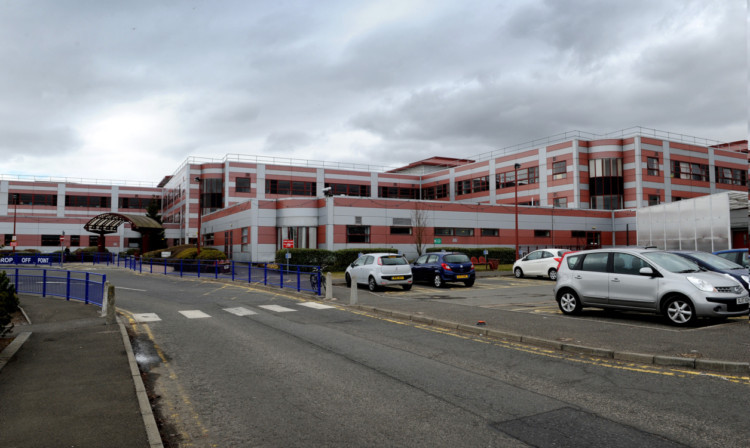NHS Fife has strongly denied Conservative Party claims that the closure of a major accident and emergency unit has sent bed occupancy rates soaring across the kingdom’s hospitals.
The Scottish Conservatives claimed that figures have shown an average of 87% of beds were filled across the region in 2012/13, a steep rise from previous years.
It is also above the Scottish average of 83.5% and has increased since the shutting of the casualty ward at Dunfermline’s Queen Margaret Hospital, they alleged.
However, NHS Fife’s medical director for acute services, Dr Gordon Birnie, said the bed occupancy of all hospitals was closely monitored.
“There is no evidence that the reconfiguration of acute beds on the Victoria Hospital site has been a major factor in changing the bed occupancy of the hospitals in Fife,” he said .
But James Reekie, the Conservative candidate in the forthcoming Dunfermline parliamentary by-election, said the rise was evidence the decision to close the department was having ongoing implications.
The statistics, from ISD Scotland, show the average number of staffed beds in Fife has also fallen to its lowest in a decade, with only 745 available. That compares to 869 in 2005, while last year’s throughput the number of patients treated and discharged has also increased.
As of last year, all emergency cases from Dunfermline were moved to the Vic in Kirkcaldy.
“These figures demonstrate the ongoing impact of that unpopular decision,” said Mr Reekie. “It seems the downgrading of Queen Margaret Hospital is not only affecting those in Dunfermline who now have to travel much further for emergency care. The whole of Fife is suffering because of the short-sighted decision and occupancy rates are now much higher than the Scottish average.
“The number of staffed beds available has fallen, while throughput has also increased. That will do nothing to ease the concerns of those who worried this move would simply turn hospitals into conveyor belts where people are taken in and sent back out much more hastily.”
But Dr Birnie said the health board had what was called an unscheduled care action plan, which was addressing the capacity of the whole system.
“The number of beds is just one aspect of this,” he said. “Our focus is on having our patients in the right place at the right time to receive the care required for every stage of their illness. Part of the action plan includes looking at admission and discharge processes and our community resources. “
He said the needs of many patients could better be met outwith the acute hospital setting and NHS Fife continued to invest in community services such as Hospital @ Home and other resources that provide alternatives to admission and allow patients to be discharged when they no longer need acute hospital care.
“The reconfiguration of our acute services had to take place to accommodate a range of changes that would affect the way we work; for example, the introduction of the European working time directive and the increasing number of patients with complex care needs.
“Placing the acute care services on to one site ensures better outcomes for patients, as it is easier for multi-disciplinary teams to work together when they are under one roof.”
Dr Birnie added: “Queen Margaret Hospital in Dunfermline has not been downgraded. Queen Margaret Hospital is currently undergoing major development to expand service provision.”
But Mr Reekie countered: “The Scottish Government’s health budget is protected, so there is no excuse for making decisions like this.
“And as we have seen today, the impact is not just on those patients in the Dunfermline area, but the whole of Fife.”
